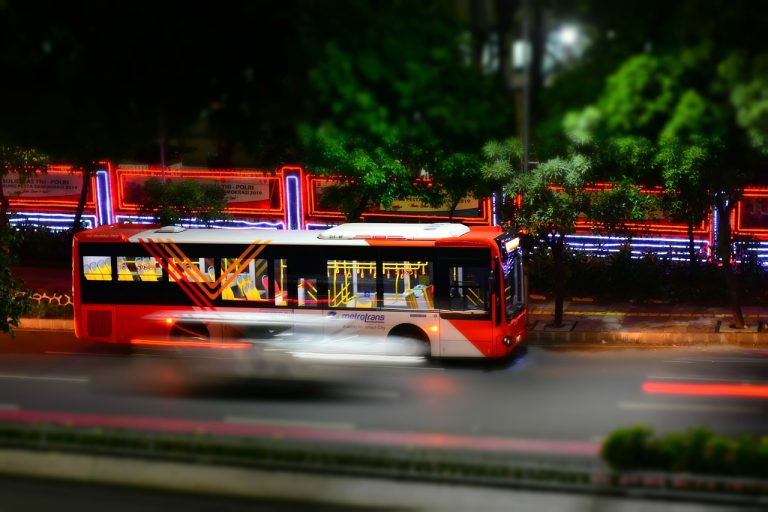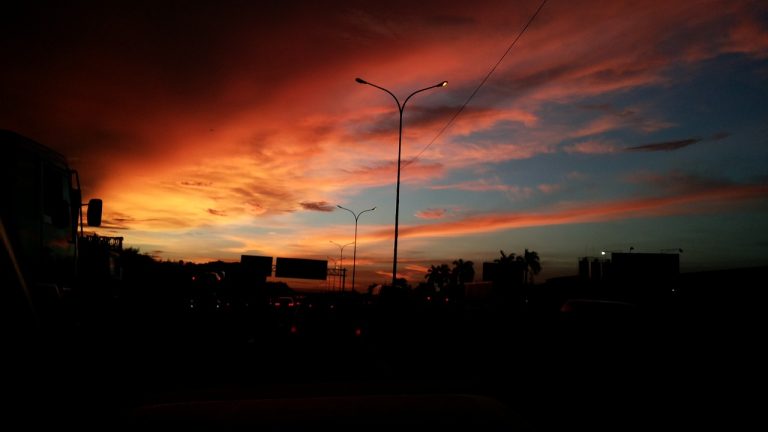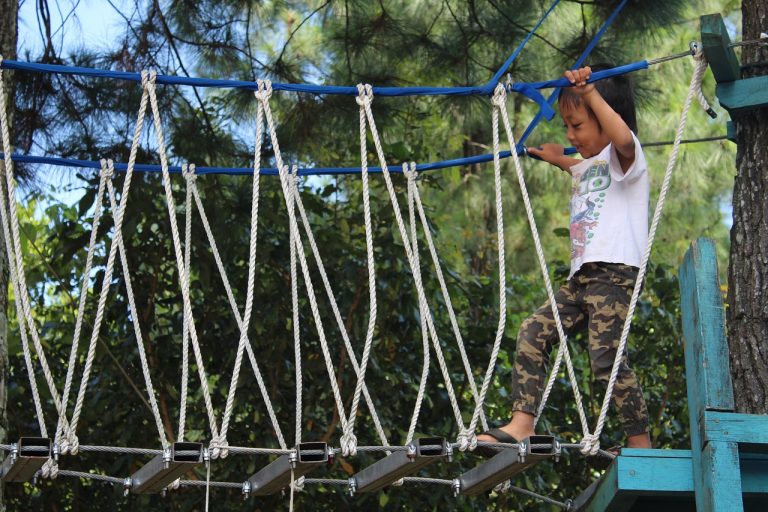Jakarta Indonesia Video
Jakarta, the vibrant capital city of Indonesia, is a treasure trove of historical landmarks that showcase the rich cultural heritage of the nation. From ancient temples to colonial buildings, Jakarta offers a fascinating journey through time. In this article, we will take a deep dive into the historical landmarks of Jakarta, exploring their significance and the stories they hold.
Jakarta Old Town (Kota Tua)
Jakarta Old Town, also known as Kota Tua, is a historical area in central Jakarta that dates back to the 16th century. It was the center of Dutch colonial administration during the Dutch East Indies period. Today, it is a popular tourist destination where visitors can explore the well-preserved colonial buildings and experience the nostalgic atmosphere of the past.
- Fatahillah Square: This central square is the heart of Jakarta Old Town and is surrounded by important colonial buildings. It is named after Fatahillah, the national hero who defeated the Portuguese in 1527.
- Jakarta History Museum: Housed in the former City Hall of Batavia, this museum showcases the history of Jakarta through various artifacts and exhibits.
- Wayang Museum: Dedicated to wayang, the traditional Indonesian puppetry, this museum displays an extensive collection of puppets and provides insights into the art form’s history and cultural significance.
- Café Batavia: Situated in a beautifully restored colonial building, Café Batavia offers a unique dining experience with its vintage ambiance and panoramic views of Fatahillah Square.
Jakarta Indonesia Image 1:

Istiqlal Mosque
Istiqlal Mosque is the largest mosque in Southeast Asia and a symbol of Indonesia’s religious diversity. It was built to commemorate the country’s independence from Dutch colonial rule. The mosque’s architecture blends modern and traditional elements, with a massive dome and towering minarets.
- Architecture: Istiqlal Mosque’s grand architecture reflects a fusion of Islamic and Indonesian design elements, with influences from various regions across the archipelago.
- Capacity: The mosque can accommodate up to 200,000 worshippers, making it a significant venue for religious gatherings and events.
- Interfaith Dialogue: Istiqlal Mosque promotes interfaith dialogue and understanding, hosting events that bring together people from different religious backgrounds.
- Visiting: Visitors are welcome to explore the mosque’s interior and witness the peaceful atmosphere. Modest dress code and respectful behavior are expected.
National Monument (Monas)
The National Monument, commonly known as Monas, is an iconic symbol of Jakarta and Indonesia’s struggle for independence. It stands at the center of Merdeka Square and is surrounded by lush gardens and a museum complex.
- Height: Monas reaches a height of 132 meters and is topped with a flame-shaped gold foil, symbolizing the spirit of freedom.
- History Museum: The base of Monas houses a museum that exhibits historical artifacts and dioramas depicting Indonesia’s journey towards independence.
- Observation Deck: Visitors can ascend to the observation deck at the top of Monas for a panoramic view of Jakarta’s skyline.
- Independence Day Ceremony: Every year on August 17th, Indonesia’s Independence Day, a flag-raising ceremony takes place at Monas to commemorate the nation’s freedom.
Jakarta Indonesia Image 2:
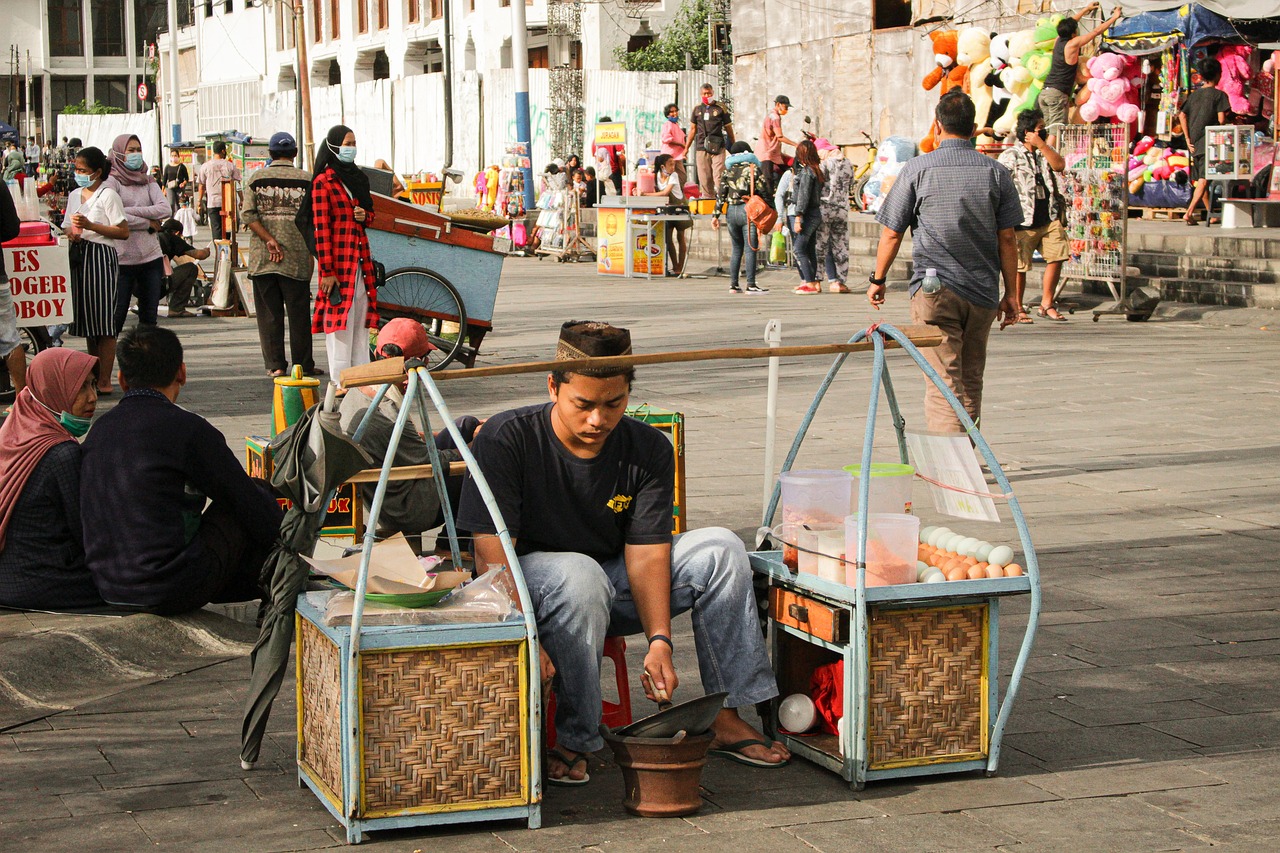
Wayang Museum
Wayang Museum is dedicated to the traditional Indonesian art form of wayang, which combines storytelling, music, and puppetry. This museum provides a comprehensive understanding of wayang’s cultural significance and historical development.
- Puppet Collection: The museum houses an extensive collection of wayang puppets, including both traditional and contemporary styles from different regions of Indonesia.
- Shadow Puppetry: Visitors can witness wayang performances, where shadow puppets are skillfully manipulated behind a backlit screen to bring stories from Hindu epics and local folklore to life.
- Workshops and Demonstrations: Wayang Museum offers workshops and demonstrations for visitors to learn about the intricate art of making and performing with wayang puppets.
- Cultural Preservation: The museum plays a vital role in preserving and promoting the traditional art of wayang, ensuring its continuation for future generations.
Merdeka Square
Merdeka Square, or Lapangan Merdeka, is a historic public square located in the heart of Jakarta. It holds significant historical and cultural importance as the site where Indonesia’s independence was proclaimed in 1945.
- Monas: The National Monument stands tall at the center of Merdeka Square, serving as a prominent landmark and symbol of Indonesian independence.
- Historical Buildings: The square is surrounded by several notable buildings, including the National Museum, Istiqlal Mosque, and Jakarta Cathedral.
- Events and Celebrations: Merdeka Square is a popular venue for national celebrations, parades, and cultural events, especially during Independence Day and New Year’s Eve.
- Recreational Space: The square offers a vast green space where locals and visitors can relax, exercise, or enjoy a picnic amidst the bustling city.
Jakarta Indonesia Image 3:
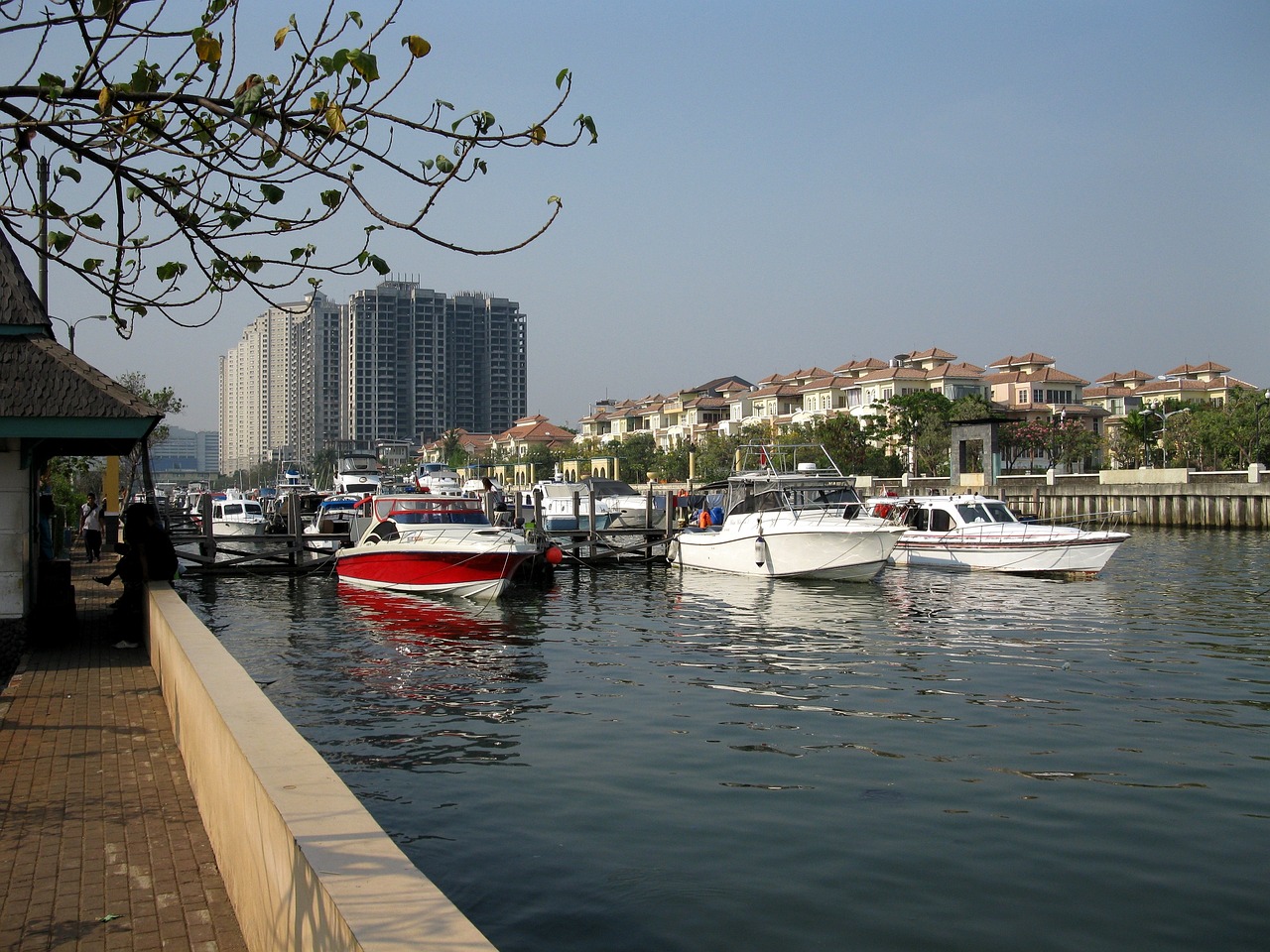
Jakarta Cathedral
Jakarta Cathedral, officially known as the Santa Maria Cathedral, is the seat of the Roman Catholic Archdiocese of Jakarta. It is an architectural masterpiece that reflects the influence of both European and Indonesian design elements.
- Gothic Revival Style: The cathedral’s stunning architecture follows the Gothic Revival style, characterized by pointed arches, ribbed vaults, and intricate stained glass windows.
- Historical Significance: Jakarta Cathedral has witnessed numerous historical events, including the installation of the first Indonesian bishop and the beatification of Indonesian saints.
- Religious Services: The cathedral holds regular religious services and welcomes visitors to attend mass or explore its serene interior.
- Christmas Celebrations: Jakarta Cathedral is a focal point for Christmas celebrations in Jakarta, attracting both Catholics and visitors from other faiths to witness the festive decorations and liturgical events.
Museum Nasional
Museum Nasional, also known as the National Museum of Indonesia, is the country’s foremost museum dedicated to preserving and showcasing Indonesia’s cultural and historical heritage.
- Collection: The museum boasts an extensive collection of artifacts, including ancient statues, traditional textiles, archaeological finds, and ethnographic objects from across the Indonesian archipelago.
- Prehistoric Gallery: Visitors can explore the museum’s prehistoric gallery, which showcases fossils, tools, and artifacts from Indonesia’s earliest human inhabitants.
- Art and Culture: Museum Nasional features galleries dedicated to Indonesian art, traditional crafts, and cultural practices, providing insights into the diversity of Indonesia’s artistic traditions.
- Temporary Exhibitions: The museum regularly hosts temporary exhibitions that delve into specific aspects of Indonesian history, culture, and contemporary issues.
Gedung Kesenian Jakarta
Gedung Kesenian Jakarta, also known as Jakarta Arts Theater, is a historic performing arts venue located in central Jakarta. It has been a hub for various cultural performances since its establishment in 1821.
- Architecture: The theater’s architecture combines European and Indonesian influences, featuring neoclassical elements and traditional Javanese roof structures.
- Cultural Performances: Gedung Kesenian Jakarta hosts a wide range of performances, including traditional Indonesian dances, music concerts, theater plays, and contemporary art events.
- Historical Significance: The theater has witnessed significant moments in Indonesian history, serving as a platform for political speeches and cultural movements during the struggle for independence.
- Restoration: Gedung Kesenian Jakarta underwent extensive restoration in the early 2000s to preserve its historical value and enhance its facilities for modern performances.
Textile Museum
The Textile Museum of Indonesia celebrates the artistry and cultural significance of textiles in Indonesian society. It houses a vast collection of traditional fabrics, showcasing the intricate weaving techniques, patterns, and motifs.
- Textile Collection: The museum’s collection includes textiles from various regions of Indonesia, representing the diverse cultural heritage of the archipelago.
- Exhibitions: Visitors can explore the museum’s exhibitions, which provide insights into the history, symbolism, and techniques of Indonesian textiles.
- Workshops and Demonstrations: The museum offers workshops and demonstrations where visitors can learn traditional weaving techniques and create their own textiles.
- Textile Conservation: The Textile Museum plays a crucial role in preserving and promoting Indonesian textile traditions, ensuring their continuation for future generations.
Conclusion
Jakarta’s historical landmarks offer a captivating glimpse into the city’s past and the diverse cultural tapestry of Indonesia. From the colonial charm of Jakarta Old Town to the religious significance of Istiqlal Mosque and Jakarta Cathedral, each landmark tells a unique story. Exploring these sites allows visitors to appreciate the rich history and heritage that have shaped Jakarta into the dynamic city it is today.
References
- jakarta-tourism.go.id
- nationalmuseumindonesia.go.id
- monas.go.id
- wayangmuseum.com
- istiqlalmosque.com
- gedungkesenianjakarta.co.id
- museumtekstiljakarta.com
- jakartacathedral.org


